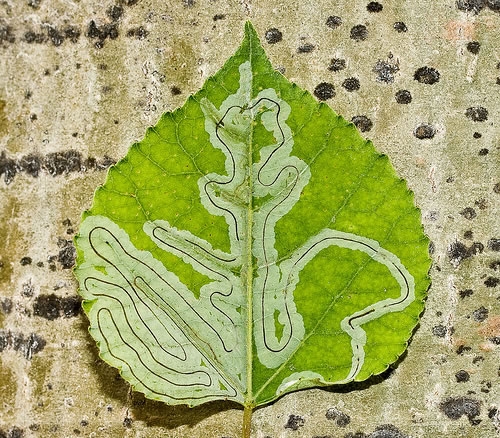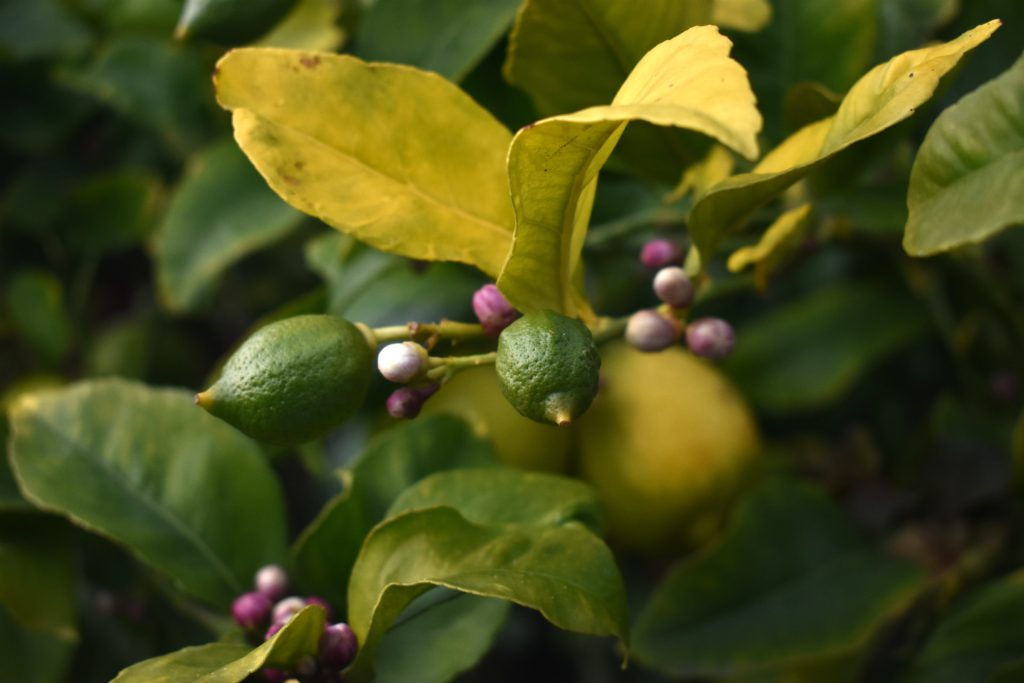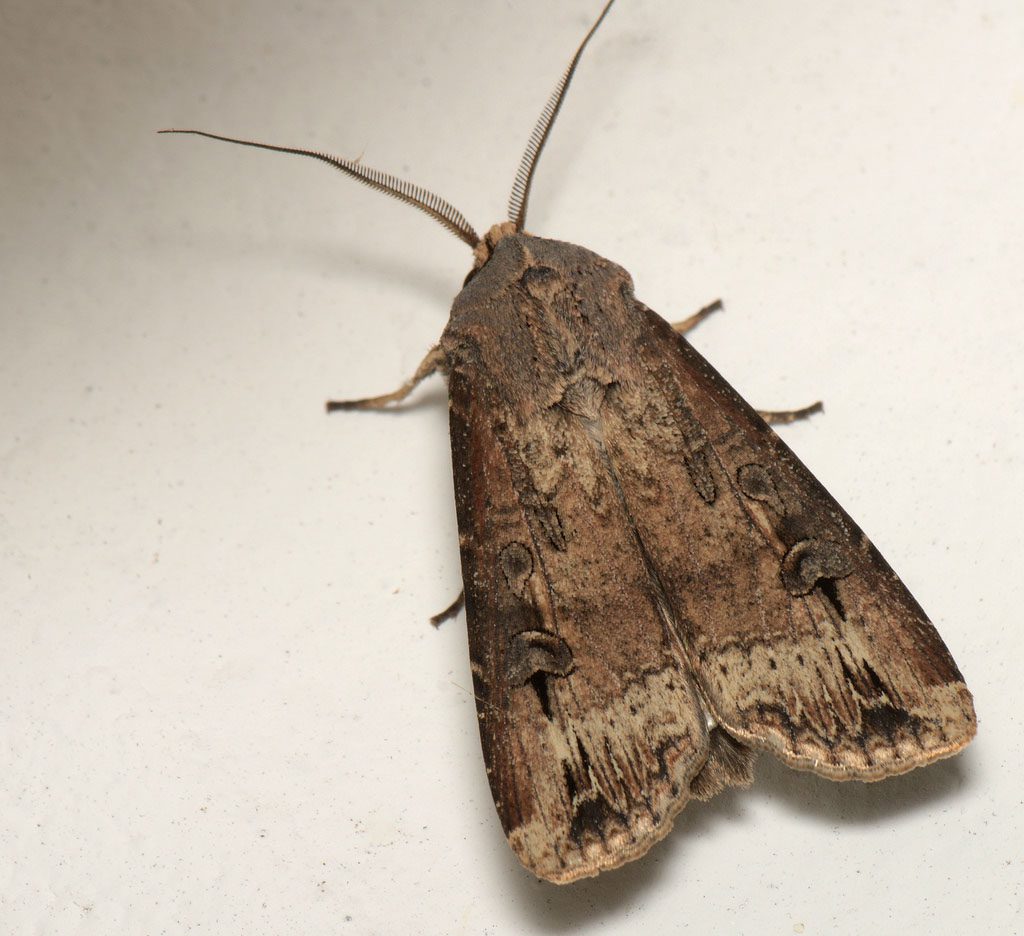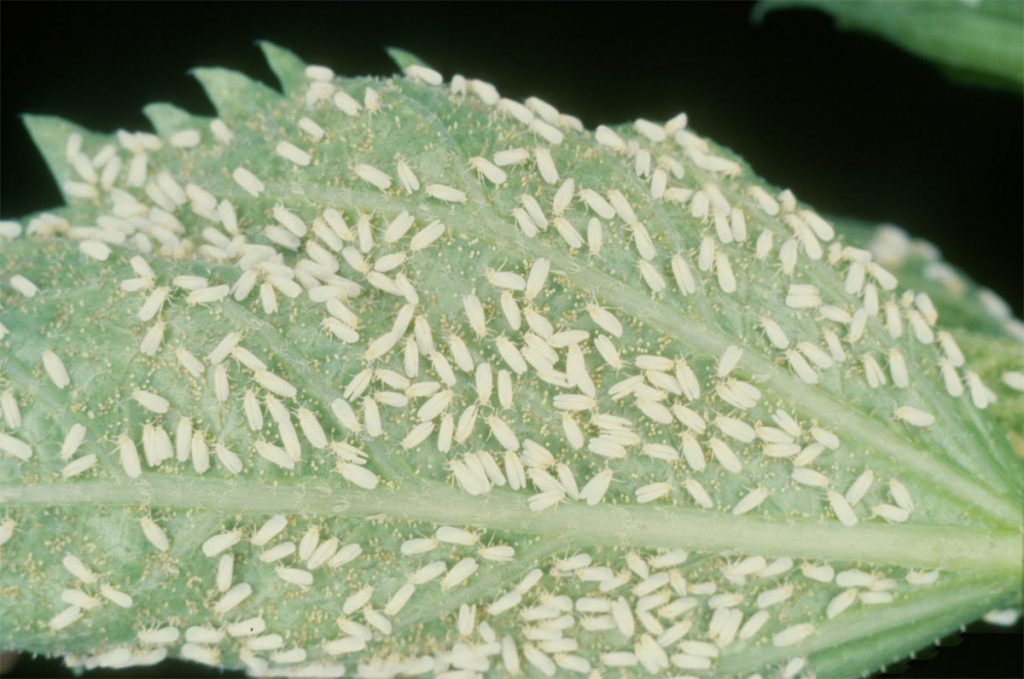Citrus leafminer Phyllocnistis citrella is native to South-East Asia, where it is widespread. From there it was introduced to Australia, North and South Africa. In 1993 it attacked citrus trees in the State of Florida, USA, Spain, Turkey and Cyprus. In Greece, it first appeared in the summer of 1995 on the islands of the south-eastern Aegean (Rhodes, Kos, Lesvos, Chios, Samos, Crete) and spread rapidly to the Peloponnese, Attica and western Greece. It spread with great speed and spread rapidly to the Greek islands of Ossetia and Western Greece.
Months citrus leafminer is active: From mid-summer through fall and early winter.
Scientific name: Phyllocnistis citrella
Other name: Leaf Miner
Greek name: Φυλλοκνίστης Εσπεριδοειδών
Damage
The citrus leafminer attacks tender vegetation, mainly the leaves, but also young shoots and green fruits. The leaves are curled (reminiscent of a honeydew infestation), have a silvery appearance, are discolored and their surface is covered with tunnels. This causes a reduction in their photosynthetic activity or even their drying out, with consequences for the plant’s nutrition and indirectly for production. In China, a 50% loss of production has been measured, due to a reduction in the number of fruits and the weight of those remaining. On one leaf we can see more than one larvae feeding. The larvae while feeding also pierce tunnels in tender shoots and young fruits. The damage can be particularly severe on young saplings and tender embryos, as the germination is destroyed. Infestation appears to be most severe in summer and autumn.
Biology
The citrus leafminer is a microlepidopteran. The mite is small in size (small butterfly, 4 mm, wingspan 7-8 mm). The female usually lays eggs on the lower surface of the leaves, near the central nerve. The young larva (caterpillar) enters immediately under the leaf epidermis and begins to feed, creating an ophidian tunnel that can cover much of the leaf surface. The larva feeds through three stages (L1-L3), and in the last stage L4 it prepares for pupation at the end of the tunnel, usually at the periphery of the leaf, where it shows little folding. After pupation and the chrysalis stage, the chrysalis stage is followed by metamorphosis into an adult. This completes the insect’s biological cycle, which can be very short (14-18 days) under favorable conditions of temperature (mainly) and humidity. In contrast, in winter the biological cycle can last up to 2 months. Thus the insect can develop 5-13 generations per year, depending on conditions. It should be noted that at a temperature of 12-13 degrees Celsius the insect stops growing.
Treatment
The insect is difficult to control and it is necessary to apply an integrated treatment with a combination of cultural and chemical means. In particular, it is recommended:
- avoiding transfer of the infestation from area to area with plant material
- cutting of the rapid grown branches
- application of irrigation and nitrogen fertilizations so as not to encourage vegetation during the period when the insect can develop high populations (e.g. early irrigation and fertilizations to allow for rapid growth of new vegetation in spring, while avoiding fertilizations and limiting irrigation in summer and autumn to limit vegetation during the period when the insect is expected to have high populations)
- protection of tender vegetation with appropriate insecticides. The intervention threshold has been set at 20% of the infested leaf area or 0,74 larvae/leaf.
In Asia, where the insect has been widespread since the 1960s, there are native pests that control populations. However, in areas where the insect has recently become widespread (Europe, USA), the impact of natural enemies (predators/pests) on the populations of this leafhopper is still under study.
Source
www.bayercropscience.gr
Phyllocnistis citrella
Treatment for citrus leaf miner (Phyllocnistis citrella)
Tags: LEAFMINER • PLANTS ENEMY





